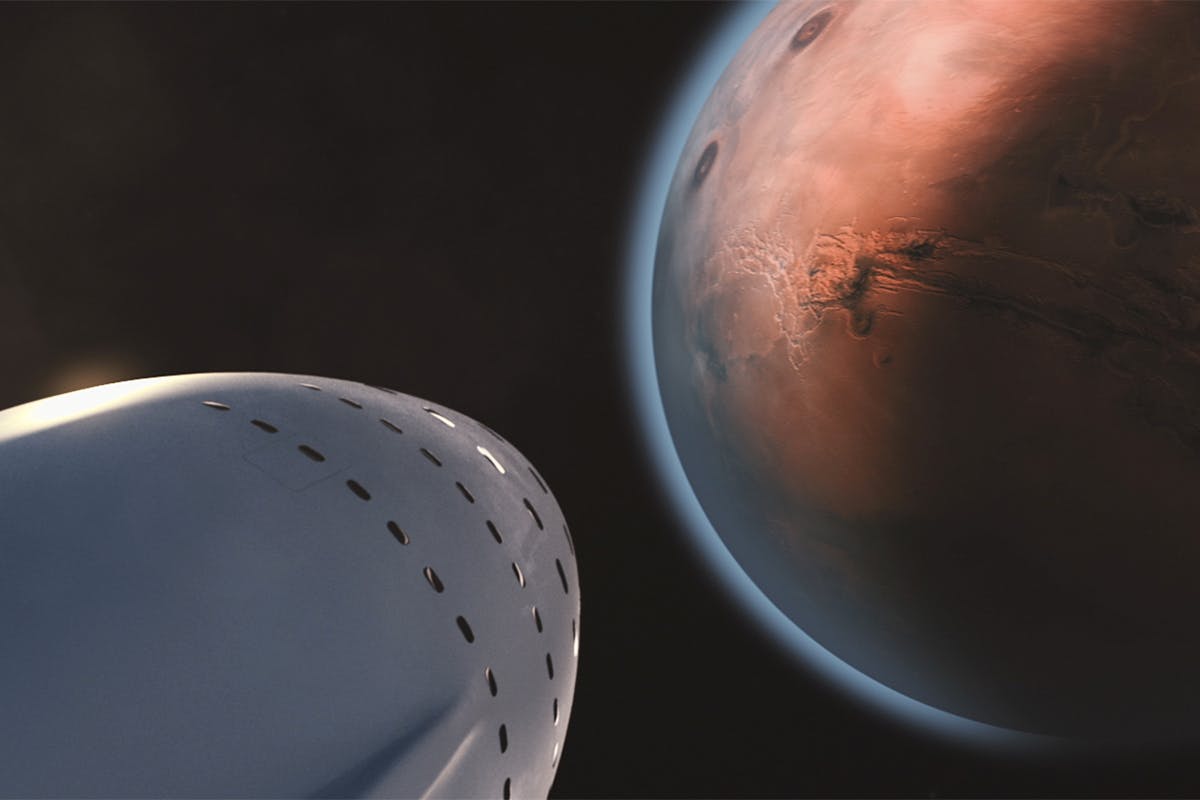Science fiction has long captivated our imaginations with visions of humanity venturing beyond our solar system, exploring the vast expanse of the cosmos. However, the reality of interstellar travel presents a multitude of challenges, one of the most daunting being the sheer distances involved. C.ixin Liu’s acclaimed science fiction novel, “The Three-Body Problem,” takes on this challenge by introducing a captivating fictional scenario that forces humanity to confront the limitations of space travel as we know it. By examining the scientific concepts explored in the book and the current state of space travel technology, we can delve into the question: Can we solve the equation for interstellar travel?
The Three-Body Problem and the Trisolaran Crisis
“The Three-Body Problem” takes place on Earth, where humanity faces an existential threat from a distant civilization on a chaotic three-body star system named Trisolaris. This chaotic system presents a volatile and unpredictable environment for the Trisolarans, forcing them to seek a new home planet. Their sights set on Earth, they launch a sophisticated communication campaign, sparking a global debate on humanity’s response.
The novel introduces a scientific concept known as the “Three-Body Problem,” a real-world mathematical problem that describes the chaotic motion of three celestial bodies interacting with each other gravitationally. In the context of the novel, the three bodies are the three suns in the Trisolaran system. Solving this complex equation allows the Trisolarans to predict their chaotic environment and plan their interstellar voyage.
The Scientific Hurdles of Interstellar Travel
While the “Three-Body Problem” presents a fictional scenario, the challenges portrayed in the book resonate with the very real scientific hurdles we face in achieving interstellar travel. The vast distances involved are staggering. The nearest star system, Proxima Centauri, is approximately 4.24 light-years away. Traveling such a distance with current propulsion technology would take tens of thousands of years, rendering it impractical.
The second challenge lies in the immense amount of energy needed to reach anywhere near the speed of light, which is a theoretical limit for interstellar travel according to Einstein’s theory of relativity. Current rocket propulsion systems rely on chemical reactions that are simply not powerful enough to propel a spacecraft to a significant fraction of the speed of light.
Beyond Chemical Rockets: Exploring Alternative Propulsion Systems
Despite the challenges, scientists are exploring alternative propulsion technologies that could potentially pave the way for interstellar travel. Some of these concepts are:
- Nuclear thermal propulsion: This technology utilizes a nuclear reactor to heat a propellant, such as hydrogen, to extremely high temperatures, creating a powerful thrust. While more powerful than chemical rockets, nuclear thermal propulsion faces challenges relating to safety and the development of efficient reactors for space applications.
- Fusion propulsion: Fusion, the process by which two atomic nuclei combine to form a heavier nucleus, releases an immense amount of energy. If harnessed for space travel, a fusion-powered engine could potentially propel spacecraft at much higher speeds than current technologies. However, achieving controlled fusion remains a significant scientific hurdle.
- Antimatter propulsion: Antimatter is the opposite of matter, and when the two come into contact, they annihilate each other, releasing a tremendous amount of energy. Antimatter propulsion is a highly theoretical concept, but if achieved, it could provide the energy needed for interstellar travel. However, the production and storage of antimatter are currently impractical and extremely expensive.
Beyond Propulsion: Challenges of Sustainability and Interstellar Environments
Even with breakthroughs in propulsion technology, achieving interstellar travel necessitates addressing several additional challenges. Sustaining human life for the immense journey is a significant concern. A spacecraft would need to be self-sufficient, capable of providing food, water, and a livable environment for its crew for generations.
Furthermore, the environments of other star systems remain largely unknown. Planets orbiting distant stars may be hostile to life, posing additional challenges for establishing a human presence on another world.
The Search for Extraterrestrial Intelligence and the “Solution” to the Three-Body Problem
“The Three-Body Problem” explores the potential dangers of encountering a technologically advanced civilization with limited resources. The novel prompts us to consider the ethics of interstellar communication and the importance of international cooperation in the face of an extraterrestrial threat.
In the real world, the search for extraterrestrial intelligence (SETI) continues, with powerful radio telescopes scanning the cosmos for potential signals from advanced civilizations. While no definitive evidence of extraterrestrial life has been found yet, the continued effort highlights the importance of understanding our place in the universe and the potential benefits of interstellar communication.
Looking Forward: A Long Journey Awaits
While the challenges of interstellar travel remain immense, the human spirit of exploration and scientific ingenuity continue to drive us forward. The concepts explored in “The Three-Body Problem” serve as a reminder of the scientific hurdles we need to overcome and the importance of international collaboration to achieve this monumental feat. As we continue to develop our understanding of physics, propulsion systems, and the potential for life beyond Earth, the “equation” for interstellar travel may one day be solved. The journey will undoubtedly be long and arduous, but the potential rewards – exploring new worlds, expanding our knowledge of the universe, and perhaps even encountering other intelligent life – make it a journey worth pursuing.Unveiling the Mysteries of 3 Body Problem: Can We Solve the Equation for Interstellar Travel? provides a glimpse into the captivating world of science fiction and the scientific challenges that lie ahead in our quest to explore the vast expanse of space. While the solutions may not be readily available today, the pursuit of knowledge and the potential for groundbreaking discoveries continue to fuel our collective imagination and inspire us to reach for the stars.
